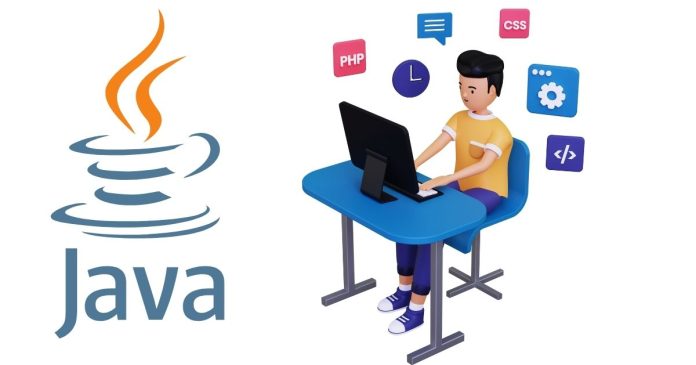Java EE, or Java Platform, Enterprise Edition, is a set of specifications and APIs (Application Programming Interfaces) designed for building large-scale, reliable, and secure enterprise applications in Java. It extends the capabilities of the standard Java SE (Java Platform, Standard Edition) by providing a robust framework to create distributed, transactional, and multi-tiered applications.
Over the years, Java EE has been widely adopted for creating server-side applications, such as web services, enterprise systems, and cloud-based platforms.
History of Java EE
Java EE was introduced by Sun Microsystems in 1999 under the name Java 2 Platform, Enterprise Edition (J2EE). Over time, it evolved significantly, adding features to meet the growing demands of modern enterprise applications.
Key milestones in its history include:
- Java EE 5 (2006): Introduced annotations, simplifying configuration.
- Java EE 7 (2013): Focused on HTML5, WebSocket, and batch processing.
- Java EE 8 (2017): Enhanced support for cloud computing and RESTful APIs.
In 2017, Oracle handed over the development of Java EE to the Eclipse Foundation, which renamed it Jakarta EE.
Key Components of Java EE
Java EE provides a range of APIs and tools designed to streamline enterprise application development. Some of the most commonly used components include:
1. Servlets and JSP (JavaServer Pages)
- Servlets: Handle HTTP requests and generate dynamic responses.
- JSP: Simplifies creating dynamic web pages by embedding Java code within HTML.
2. Enterprise JavaBeans (EJB)
- Provides a framework for building scalable and transactional server-side components.
- Suitable for implementing business logic in enterprise applications.
3. Java Persistence API (JPA)
- A powerful ORM (Object-Relational Mapping) framework for managing database interactions.
- Replaces older techniques like JDBC with a simpler, object-oriented approach.
4. Java Message Service (JMS)
- Enables asynchronous communication between distributed components using messaging queues and topics.
5. Java API for RESTful Web Services (JAX-RS)
- Simplifies the development of RESTful APIs for web services.
6. Contexts and Dependency Injection (CDI)
- Provides dependency injection and lifecycle management for Java EE components.
7. Java Transaction API (JTA)
- Manages transactions across multiple databases and resources.
Advantages of Java EE
- Scalability: Supports multi-tiered, distributed applications that scale with business needs.
- Standardization: Follows industry standards, ensuring consistency and interoperability.
- Security: Includes robust features like authentication, authorization, and encryption.
- Ease of Development: Provides tools, APIs, and annotations to reduce boilerplate code.
- Cross-Platform: Applications are platform-independent, running on any Java EE-compliant server.
Common Use Cases
- Web Applications: Build robust web apps with Servlets, JSP, and JAX-RS.
- Enterprise Systems: Create large-scale systems, such as ERP or CRM software.
- Cloud-Based Applications: Develop cloud-native and microservices-based solutions.
- Messaging Systems: Use JMS for real-time communication and notifications.
Popular Application Servers for Java EE
To deploy Java EE applications, you need a compatible application server. Some popular servers include:
- Apache TomEE
- WildFly (formerly JBoss AS)
- GlassFish
- Payara Server
- IBM WebSphere
- Oracle WebLogic
Transition to Jakarta EE
The shift from Java EE to Jakarta EE under the Eclipse Foundation marked a new chapter for enterprise Java. Jakarta EE builds on the foundation of Java EE while modernizing it for cloud-native architectures, microservices, and containerized environments.
Key Goals of Jakarta EE
- Modernize the platform for contemporary cloud-based applications.
- Ensure backward compatibility with existing Java EE applications.
- Foster open-source collaboration under the Eclipse Foundation.
Java EE has been a cornerstone of enterprise application development for decades, providing a powerful and standardized framework for building robust and scalable solutions. With its transition to Jakarta EE, the platform continues to evolve, staying relevant in the era of cloud computing and microservices.
Whether you’re building traditional enterprise systems or modern cloud-native applications, Java EE (and its successor, Jakarta EE) remains a reliable and versatile choice for developers.


